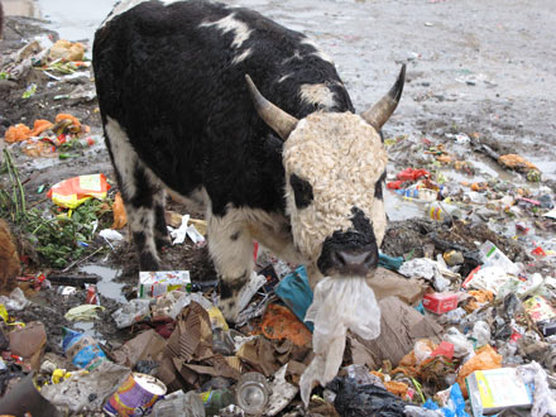trash 

What is trash ?
trash deal with logging, sending and stacking errors.
Currently supporting json and xml format.
And also implementing the standard error interface.

Example
Creating a new err.
import "log"
import "errors"
func main() {
// Takes a logger and data format (json, xml)
t := trash.New(logger, "json")
if 1 != 2 {
// Default Err
// Arguments (Error Type, Error Message) -> (string, string or error)
t.NewErr(trash.GenericErr, errors.New("example err")).Send(rw).Log()
// HTTP Err
t.NewErr(trash.GenericErr, "useless error").SendHTTP(rw, 404).LogHTTP(req)
// Standalone inline HTTP error declaring
trash.NewJSONErr(trash.InvalidDataErr, "1 not equal 2 ...").LogHTTP(req).SendHTTP(rw, 406)
}
}You can also create a dump. Which is an error stack you want to backup.
A dump need a io.Writer to save the errors stack.
func main() {
t := trash.New(logger, "json")
t2 := trash.New(logger, "xml")
// The dump will write all errors from the provided trash in a log file or any io.Writer.
trash.NewDump(file, t, t2)
if 1 != 2 {
t.NewErr(trash.InvalidDataErr, "1 not equal 2")
}
}
TODO
- DOC
- More Testing
- Debugging
- Optimisation
Contributing
- Fork it
- Create your feature branch (git checkout -b my-new-feature)
- Write Tests!
- Commit your changes (git commit -am 'Add some feature')
- Push to the branch (git push origin my-new-feature)
- Create new Pull Request
License
MIT